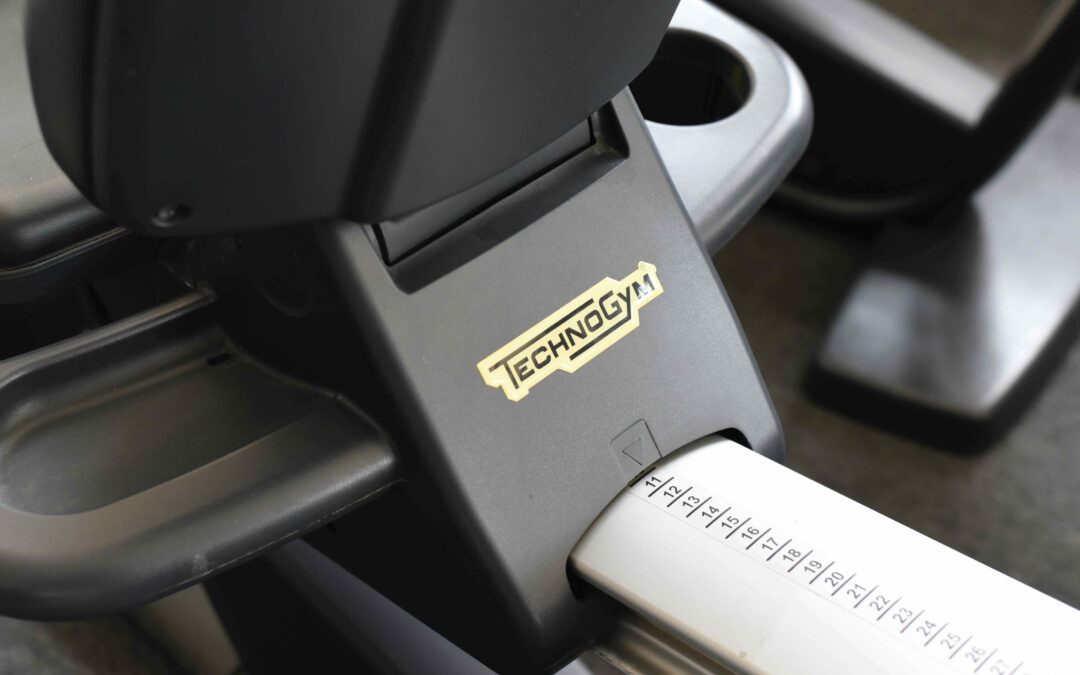In the quest for a healthier lifestyle, fitness equipment becomes an essential tool for many. However, the decision to invest in new or used gear can be a dilemma. While brand-new equipment shines with the latest features, the allure of cost-effective, used fitness gear cannot be ignored. This comprehensive guide delves into the unexplored advantages and potential pitfalls of opting for used fitness equipment, offering fresh perspectives and practical advice for the smart fitness enthusiast.
Pros of Used Fitness Equipment
- Cost-Effectiveness: The most apparent benefit of used fitness equipment is the reduced financial burden. This affordability enables individuals to access higher-quality equipment that might have been out of their budget if purchased new.
- Environmental Impact: Buying used is a green choice. It reduces waste and the carbon footprint associated with manufacturing new equipment, making it an environmentally conscious decision.
- Depreciation Benefits: Fitness equipment, much like vehicles, depreciates rapidly. Purchasing used equipment means you avoid the steep depreciation that occurs in the first few years of ownership, offering better value for money.
- Availability of Reviews: Used equipment has been tried and tested, with ample user reviews available. This information can guide buyers to make more informed decisions.
- Hidden Gems: Sometimes, one can find high-quality, barely-used equipment from individuals who underestimated their commitment to fitness routines.
Cons of Used Fitness Equipment
- Lack of Warranty: Most used equipment comes without a warranty, posing a risk if repairs or replacements are needed.
- Wear and Tear: Used equipment may have wear and tear, potentially reducing its lifespan and effectiveness.
- Outdated Technology: Older models might lack the latest features and technological advancements found in newer equipment.
- Hygiene Concerns: Previous usage can raise hygiene concerns, necessitating thorough cleaning and sometimes even professional servicing.
- Limited Choices: The selection of used equipment is often limited to what’s currently available in the market, restricting options.
New Perspectives and Advice
- Consider Leasing: Explore leasing options for high-end equipment. This approach combines the benefits of the latest models with lower costs.
- Hybrid Solutions: Invest in a mix of new and used equipment. Purchase items like weights and benches used, but consider new for high-tech or wear-sensitive items like treadmills.
- Certified Pre-Owned Options: Some manufacturers offer certified pre-owned equipment, which includes some form of warranty and assurance of quality.
- Community Sharing Initiatives: Look into community or gym sharing programs where you can access high-quality equipment for a subscription fee, reducing the need for ownership.
- Maintenance Know-How: Learn basic maintenance skills to keep used equipment in top shape, extending its lifespan and ensuring safety.
Conclusion:
Choosing used fitness equipment can be a wise decision for both your wallet and the environment. However, it’s crucial to balance the benefits with the potential downsides. By being informed, considering alternative options like leasing or hybrid solutions, and understanding maintenance essentials, you can make a decision that aligns with your fitness goals and budget. Remember, the right equipment is not just about the price tag; it’s about how well it fits into your lifestyle and helps you achieve your health objectives.


Recent Comments